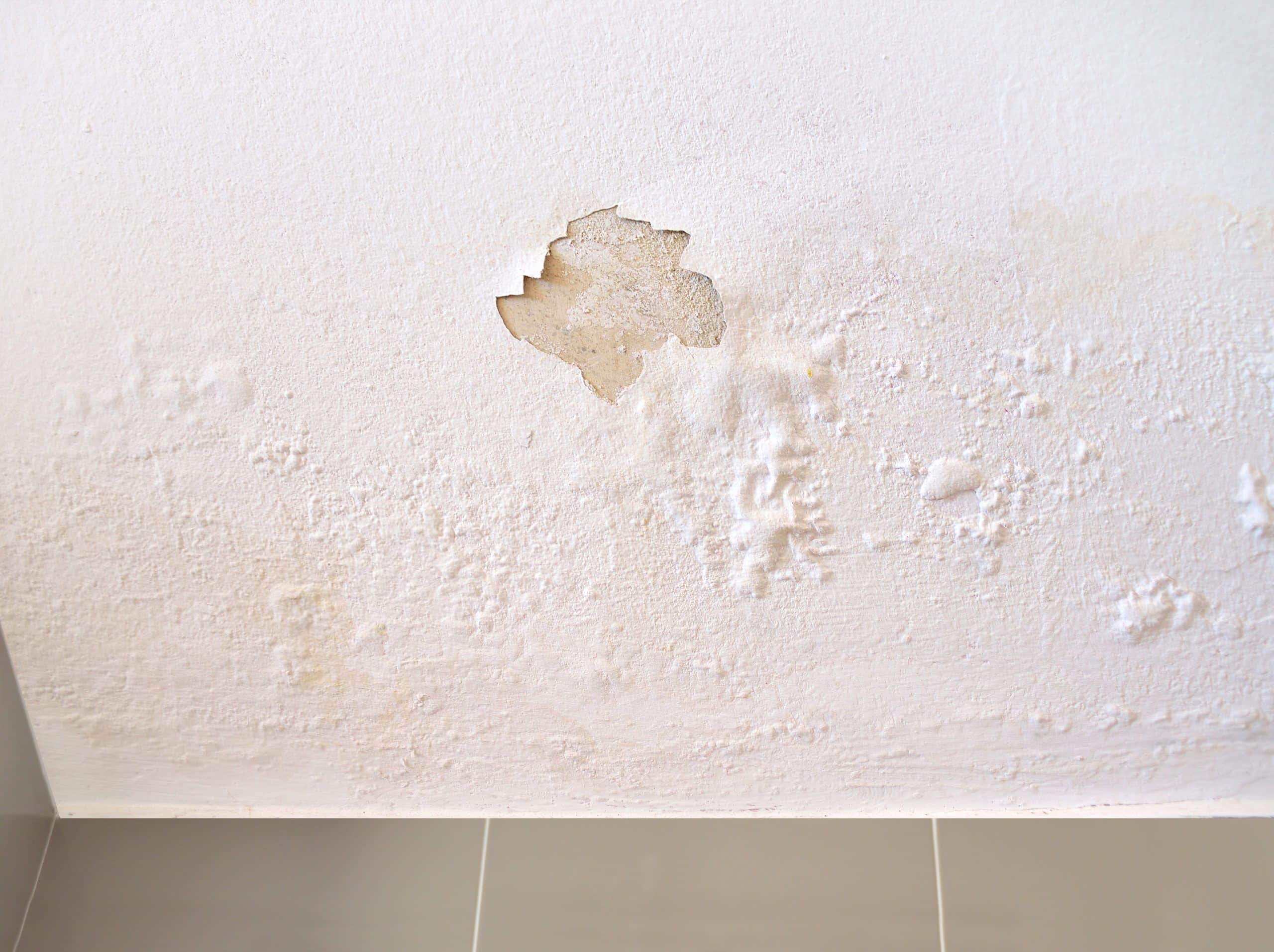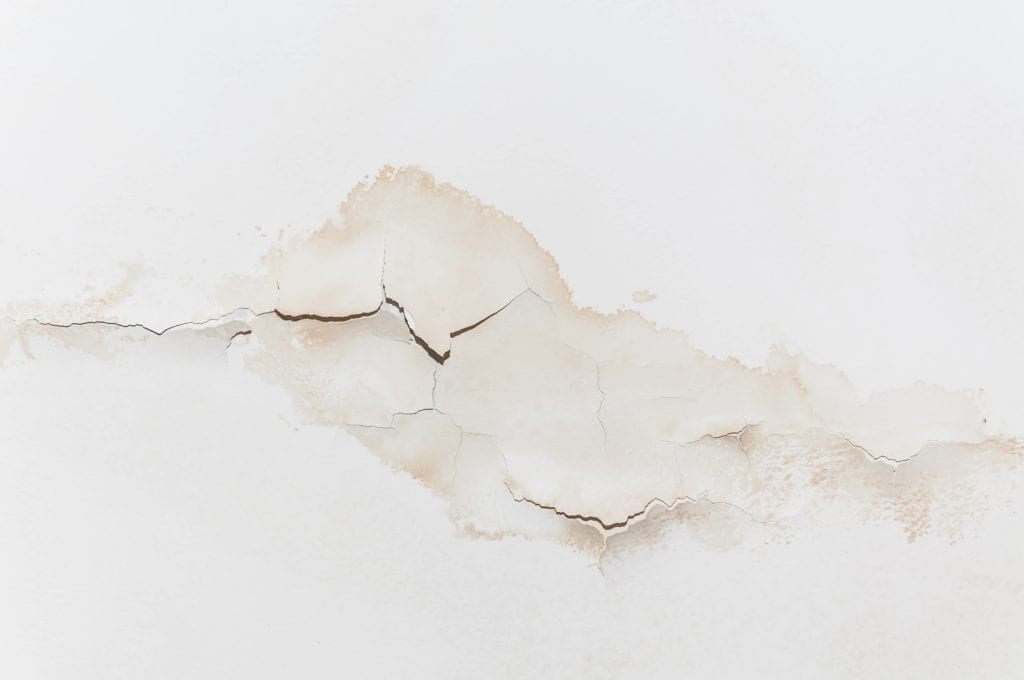Erase The Trace - Identifying And Repairing Water Stains On Walls
Erase The Trace - Identifying And Repairing Water Stains On Walls
Blog Article
The writer is making a few good points related to Water Stains on Walls in general in this article following next.

Water spots on wall surfaces are not positive to the eyes. Sometimes it seems nearly unpreventable to experience water stains on walls in houses.
Home owners living in moist areas frequently deal with the anxiety of water discolorations on wall surfaces. With exact and also all-round info on the reasons of water spots as well as prompt repair work processes, you will constantly be an action in advance of such incidents.
3 Typical Reasons For Water Stains on Walls
Contrary to common belief, water discolorations on wall surfaces do not always stem from inadequate structure materials. There are several causes of water stains on walls. These consist of:
Wet
When warm wet air meets completely dry chilly air, it triggers water droplets to form on the wall surfaces of structures. When there is heavy steam from food preparation or showers, this takes place in shower rooms and cooking areas. The water beads can tarnish the bordering walls in these parts of your house and infect other areas.
Moist or condensation impacts the roofing system and also wall surfaces of structures. This causes them to show up darker than various other areas of the residence. When the wall is wet, it creates an ideal atmosphere for the development of fungis as well as microbes. These might have damaging impacts on health, such as allergic reactions and respiratory system problems.
Poor Drainage
This will prevent water from permeating into the walls. This web links to excessive dampness that you see on the walls of your structure.
The leading cause of damp walls, in this situation, can be an inadequate water drainage system. It can also be because of inadequate management of sewage pipelines that go through the building.
Pipe Leaks
A lot of residences have a network of water pipelines within the walls. It always enhances the feasibility of such pipelines, as there is little oxygen within the wall surfaces.
Yet, a downside to this is that water leakage affects the walls of the structure and also creates prevalent damage. An indication of malfunctioning pipelines is the look of a water tarnish on the wall surface.
Pro Pointer
A houseplant in your house also increases its moisture. So, if the house is already humid, you may want to introduce houseplants with minimal transpiration. An instance of ideal houseplants is succulents.
Water Discolorations on Wall Surface: Repair Service Tips
When dealing with water discolorations, homeowners would generally want a quick repair. Yet, they would quickly realize this is counterproductive as the water stains repeat. Below are a few valuable suggestions that will guide you in the repair of water discolorations on wall surfaces:
Verdict
No one wants to have water spots on walls in their house, it can happen to the best of us. This article offers you utilize, as you now know exactly how to handle this accident if it does occur.
It is constantly best to hire expert services to help repair the damages in your house.
Occasionally it appears virtually inescapable to experience water spots on walls in homes.
In contrast to prominent belief, water discolorations on wall surfaces do not always stem from inadequate structure materials. There are several causes of water discolorations on wall surfaces. The water beads can discolor the surrounding wall surfaces in these components of your house and spread to various other locations.
Here are a couple of practical suggestions that will assist you in the repair work of water discolorations on wall surfaces:
How to Remove Water Stains From Your Walls Without Repainting
The easy way to get water stains off walls
Water stains aren’t going to appear on tile; they need a more absorbent surface, which is why they show up on bare walls. Since your walls are probably painted, this presents a problem: How can you wash a wall without damaging it and risk needing to repait the entire room?
According to Igloo Surfaces, you should start gently and only increase the intensity of your cleaning methods if basic remedies don’t get the job done. Start with a simple solution of dish soap and warm water, at a ratio of about one to two. Use a cloth dipped in the mixture to apply the soapy water to your stain. Gently rub it in from the top down, then rinse with plain water and dry thoroughly with a hair dryer on a cool setting.
If that doesn’t work, fill a spray bottle with a mixture of vinegar, lemon juice, and baking soda. Shake it up and spray it on the stain. Leave it for about an hour, then use a damp cloth to rub it away. You may have to repeat this process a few times to get the stain all the way out, so do this when you have time for multiple hour-long soaking intervals.
How to get water stains out of wood
Maybe you have wood paneling or cabinets that are looking grody from water stains too, whether in your kitchen or bathroom. Per Better Homes and Gardens, you have a few options for removing water marks on your wooden surfaces.
You can let mayonnaise sit on your stain overnight, then wipe it away in the morning and polish your wood afterward. You can also mix equal parts vinegar and olive oil and apply to the stain with a cloth, wiping in the direction of the grain until the stain disappears. Afterward, wipe the surface down with a clean, dry cloth. Try placing an iron on a low heat setting over a cloth on top of the stain. Press it down for a few seconds and remove it to see if the stain is letting up, then try again until you’re satisfied. (Be advised that this works best for still-damp stains.) https://lifehacker.com/how-to-remove-water-stains-from-your-walls-without-repa-1849742925

We hope you liked our topic about . Thanks so much for taking the time to browse our piece of content. Don't hesitate to take the opportunity to share this article if you liked it. Thanks a lot for taking the time to read it.
Book Today
Report this page